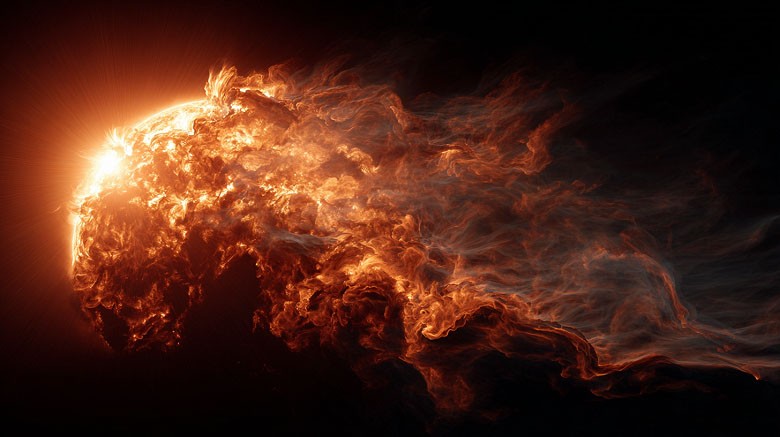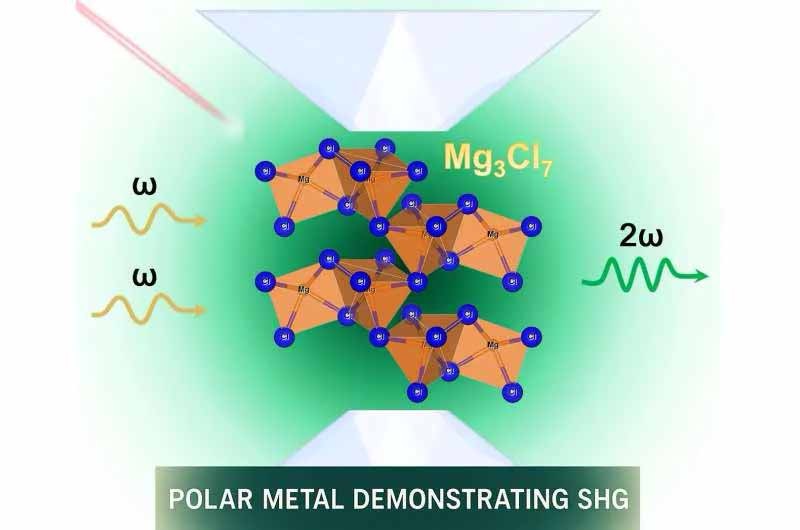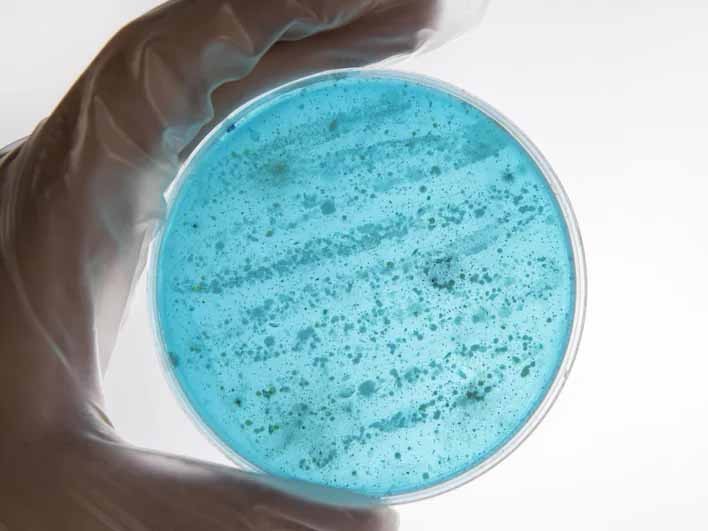American researchers have shown that volcanism on early Mars 3-4 billion years ago could have created a climate suitable for liquid water. The team, led by Lucia Bellino and Chengguan Sun, modeled how sulfur, carbon, and hydrogen were released as magma rose to the surface, taking into account magma differentiation and saturation with sulfides and graphite.
In contrast to common assumptions about the predominance of sulfur dioxide, calculations indicate the predominance of hydrogen sulfide and diatomic sulfur: the share of the former exceeded 10 percent, and the latter-about 30 percent of the total volume of volcanic gases. These components formed a dense atmospheric haze and could lead to the formation of highly efficient greenhouse compounds, including sulfur hexafluoride, which can retain heat tens of thousands of times stronger than carbon dioxide.
This mechanism explains how the surface temperature could have been maintained at a level sufficient for the stable existence of liquid water, which is consistent with numerous traces of ancient riverbeds and lakes. The results also provide a connecting explanation for the widespread distribution of sulfate deposits: hydrogen sulfide and elemental sulfur that fell out of the atmosphere were oxidized during hydrological weathering, forming calcium, magnesium, and iron sulfates that are recorded by modern missions.
A separate conclusion concerns the potential habitability of hydrothermal systems: the chemical profile of Martian magmatic gases is comparable to the parameters of underwater sources on Earth, where stable microbial ecosystems develop.
The context of geological observations in Jezero crater reinforces this hypothesis: rocks with features consistent with ancient biogenic activity can also be interpreted abiotically, but such scenarios require temperatures above 150-200 degrees Celsius, which is at odds with data on the low-temperature formation of the Bright Angel complex.
A combination of simulations and field data shifts the focus from a " dry " early Mars to a picture of a gray-saturated, greenhouse-warmed atmosphere that can support the water cycle and chemical gradients necessary for the emergence and maintenance of life.













